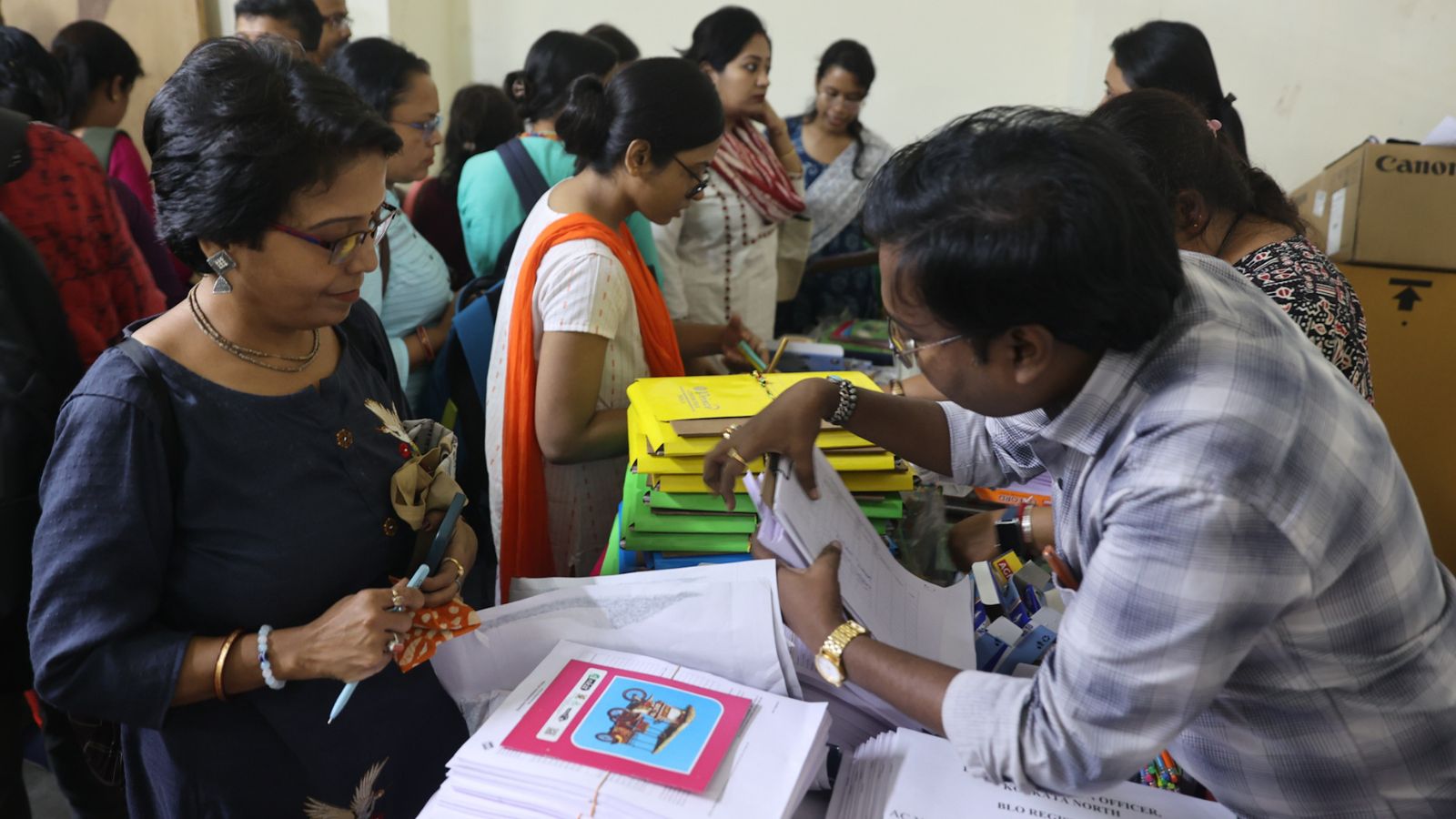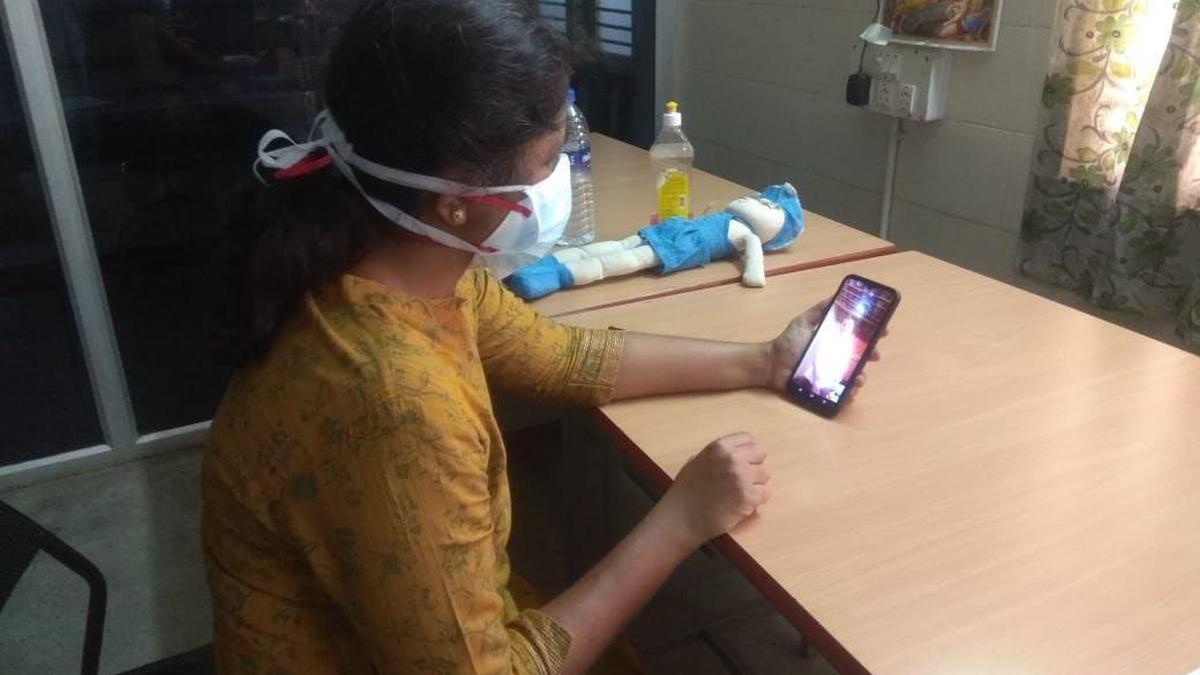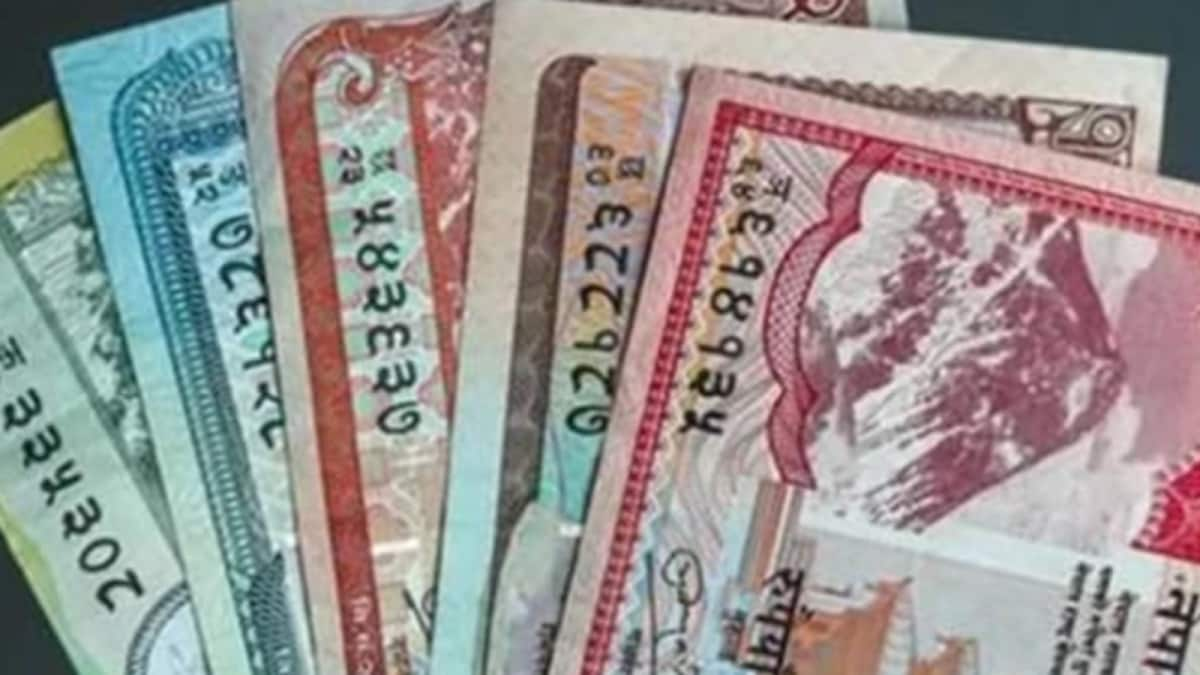On November 17, the India Meteorological Department (IMD) warned of a cold wave in parts of Telangana. The nighttime temperatures have fallen into single digits in many locations. Kohir and Yalal districts recorded around 8.1º C while Adilabad, Medak, Kumaram Bheem Asifabad, Nirmal, and Sangareddy have reported minimum temperatures between around 8º and 10º C — all well below what is normal for this time of year. The IMD has issued a cold wave alert for the latter five districts on November 18, with similar conditions expected on November 19.
What is a cold wave?
The IMD has a precise rule for when the term ‘cold wave’ can be used. For plains regions like Telangana, a cold wave is said to occur when the minimum temperature is 10º C or lower and at least 4.5º C below the long-term normal — or when it falls to 4º C or lower even without such a large departure. In the current spell, minimum temperatures in parts of the State are 3-5º C below normal, so some stations are meeting this condition, pulling them into the ‘cold wave’ category.
The immediate cause lies to the north and northwest of Telangana. After recent weather systems over north and central India, a broad region of high pressure has formed there, and it is sending cold, dry winds from the interior of the country towards the Deccan plateau. According to the IMD’s national bulletins, the cold to severe cold wave conditions are also affecting Central India and that cold wave conditions are likely over Chhattisgarh, Marathwada, central Maharashtra, and Vidarbha on November 18-19. Telangana is being swept by an extension of this larger mass of cold air.
Local conditions can amplify this cooling. Much of Telangana lies on the inland Deccan plateau, far from the sea, so it lacks the moderating influence of large water bodies. At present, according to local reports, the skies are mostly clear and the air is dry. In such conditions, the ground loses heat quickly after sunset because there are no clouds and little moisture to trap the outgoing heat. This radiational cooling drags the nighttime temperature down even when the daytime temperature gets close to 28º to 31º C.
Is there a cold wave in Hyderabad?
The cold also isn’t uniform across the State because geography and land use differ. Telangana’s northern and western interior districts, including Adilabad, Kumaram Bheem Asifabad, Medak, and parts of Sangareddy, are more exposed to the incoming northerly flow and have more open, rural land, which cools quickly at night. Hyderabad, with its urban heat island and slightly different local conditions, has also cooled: recent minimum temperatures have been around 13º to 14º C, yet the city’s nights haven’t reported single digit temperature readings. Thus it has been spared the IMD’s official ‘cold wave’ label as well.
Taken together, for now, the unusual chill is a result of Telangana sitting downstream of a much larger continental cold wave, combined with clear skies, dry air, and particular characteristics of the Deccan Plateau. According to the IMD, the cold conditions over the specific districts are likely to persist on November 18 and 19, after which minimum temperatures should slowly rise as the supply of cold air dwindles and the pressure pattern changes.
What can people do?
Until then, as The Hindu had reported, doctors have urged locals to take precautions. Dr Rajeev, a Hyderabad-based pulmonologist, had said the “homeless, elderly, economically disadvantaged, persons with disabilities, pregnant or lactating women, children, outdoor workers, managers of night shelters and farmers” are particularly vulnerable in very cold conditions. Such conditions, he explained, could exacerbate symptoms of asthma, chronic obstructive pulmonary disease, and other long-standing lung conditions.
“Cold and dry air also increases the risk of common respiratory infections, including the common cold, influenza and pneumonia. Deep and slow breathing techniques can help improve lung function and reduce shortness of breath,” he had said.

 1 hour ago
6
1 hour ago
6










 English (US) ·
English (US) ·